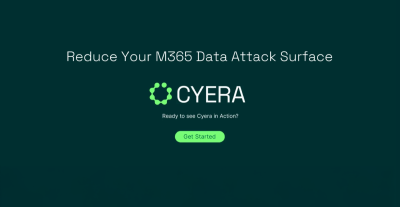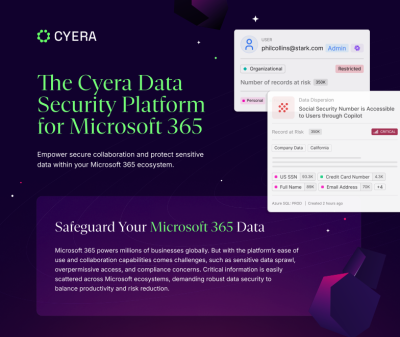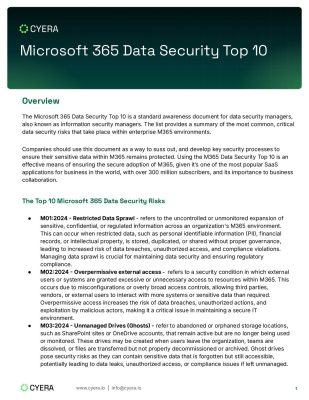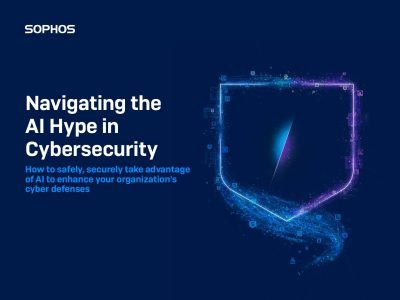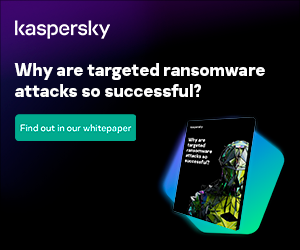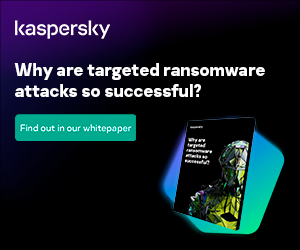Highlights:
- The Factor Analysis of Information Risk (FAIR) framework assists enterprises in measuring, analyzing, and comprehending information risks.
- To conduct a cybersecurity risk assessment, a business must define its crucial business processes, objectives, and corresponding information technology (hardware and software) assets.
Effective cyber security risk management is paramount for organizations in today’s digital landscape, where threats are rising.
With rapid technological advancements and interconnected systems, businesses face diverse cyber risks that can compromise sensitive data, disrupt operations, and harm their reputation.
Proactive risk management involves identifying, assessing, and mitigating vulnerabilities and threats before exploitation.
This necessitates robust security measures, incident response plans, and ongoing monitoring to outpace adversaries. By prioritizing compliance and risk management, and taking a proactive cybersecurity approach, organizations can safeguard valuable assets, earn stakeholder trust, and thrive in an increasingly digital world.
What is Cybersecurity Risk Management?
In the present digital age, organizations must be ready to face the relentless growth of cybersecurity threats.
With the progress of technology and the interconnectedness of systems, businesses encounter numerous cyber risks that have the potential to jeopardize their confidential information, disrupt their operations, and tarnish their reputation.
A robust risk management plan for cyber security is vital in identifying and assessing potential vulnerabilities and risks that could be exploited.
It entails implementing adequate security measures to mitigate those risks, including developing and evaluating incident response plans and continuously enhancing defense mechanisms to combat novel and emerging threats.
In other words, you can define risk management in cyber security as making risk management a top priority and implementing proactive measures to tackle security concerns; companies can prevent cyber-attacks, protect their valuable assets, and instill trust and confidence among stakeholders in the digital sphere.
What Is a Cyber Security Risk Management Framework?
Numerous frameworks for managing cyber risks are available, offering organizations a set of standards to identify and minimize risks. Senior management and security leaders rely on these frameworks to evaluate and enhance the organization’s security status.
A risk management framework is valuable for organizations to assess, mitigate, and monitor risks effectively.
It also assists in establishing security processes and procedures to address these risks.
Here, are some widely adopted cyber risk management frameworks:
-
NIST CSF
One widely recognized framework is the National Institute of Standards and Technology Cybersecurity Framework (NIST CSF). This framework offers a comprehensive collection of best practices that establish a standardized approach to risk management.
The NIST CSF framework presents a roadmap of activities and desired outcomes that align with the essential functions of cybersecurity risk management, namely, protecting, detecting, identifying, responding, and recovering.
-
ISO 27001
In collaboration with the International Electrotechnical Commission (IEC), the International Organization for Standardization (ISO) has developed the ISO/IEC 270001 framework.
The ISO/IEC 270001 framework offers a certifiable set of criteria to systematically manage risks posed by information systems.
Additionally, organizations can leverage the ISO 31000 standards, which provide guidance for managing enterprise-level risks.
-
DoD RMF
When assessing and managing cybersecurity risks, Department of Defense (DoD) agencies adhere to the guidelines provided by the DoD Risk Management Framework (RMF).
The RMF framework divides the cybersecurity risk management strategy into six primary phases, namely categorization, selection, implementation, assessment, authorization, and monitoring.
-
FAIR Framework
The Factor Analysis of Information Risk (FAIR) framework exists to assist enterprises in measuring, analyzing, and comprehending information risks.
By clearly understanding these risks, the FAIR framework aims to help organizations create cybersecurity best practices and make well-informed decisions.
Cybersecurity risk management is crucial in the digital age, where technology permeates everything. Organizations must protect sensitive data and digital assets as cyber threats become more complex and severe.
What Is The Importance Of Risk Management In Cyber Security?
Maintaining an efficient cybersecurity risk management program is a critical yet complicated task. Evaluating risks and their potential impact empowers organizations to develop strategic objectives, minimizing the likelihood of cybersecurity threats in the B2B domain.
Implementing a risk management framework correctly enables organizations to gain a comprehensive understanding of all the potential risks they face.
The greater understanding an organization has of its risks; it would be better for the organization if it is equipped and takes proactive measures to lessen risks, thus safeguarding its systems and data.
By establishing a cyber security risk management plan, organizations can enhance cybersecurity awareness throughout the enterprise. The implementation of a proactive strategy can:
- Minimize the occurrence of cyberattacks and mitigate the potential damage caused by cyber risks
- Lower operational costs by preventing the financial impact of cybersecurity incidents
- Safeguard business assets and revenue from unauthorized access or theft
- Enhance the reputation of the organization by demonstrating a proactive and effective approach to cybersecurity
In cyber security, where malicious actors are always a threat, thorough risk assessments and effective risk management are essential.
Any successful cyber security strategy starts with a risk assessment to identify vulnerabilities, evaluate threats, and estimate security incident likelihood and impact.
What Are The Steps Involved In A Risk Assessment And Management In Cyber Security?
To conduct a cybersecurity risk assessment, a business must define its crucial business processes, objectives, and corresponding information technology (hardware and software) assets.
The second step is identifying the cyber-attack methods and types capable of negatively impacting IT assets.
After this, an analysis is conducted to determine the probability of these attacks happening and their impact on the business processes.
Finally, the threat-level indicators are then extracted from the analysis and saved for auditing, compliance, and progress reporting.
To Sum It Up
With a comprehensive understanding of the overall risk status, your cyber security risk management team can make informed decisions on mitigating the risks.
Such measures may include implementing defense solutions, fixing security holes, updating obsolete technologies, and retiring legacy systems.
Want to read more such security-related blogs? Click here!
